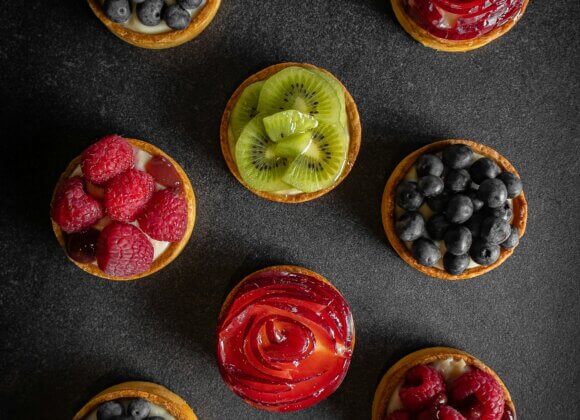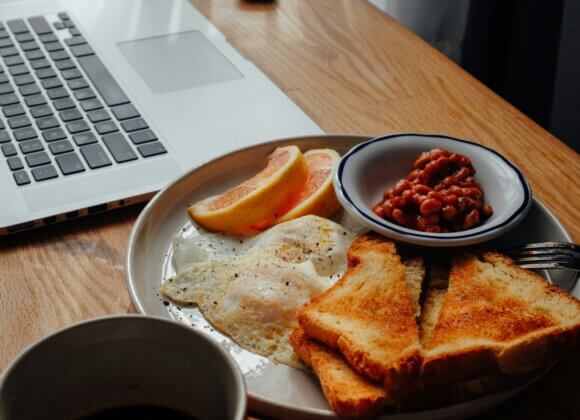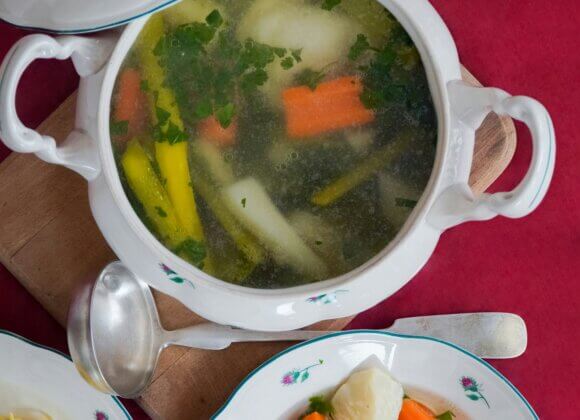There are drinks that are quiet and yet powerful. That not only taste good, but also start a ritual. Matcha is one of these drinks: bright green, finely ground, elegantly tart. But behind the foamy surface lies far more than just a trendy drink: matcha is centuries of history, health and pleasure all in one.
Matcha originally comes from China, but it found its true cultural home in Japan. In the 12th century, the Zen monk Eisai brought the art of ground green tea to Japan, where it quickly spread in the monasteries. There, matcha was not just a stimulant, but part of the meditative practice – a drink that focuses, clarifies and brings body and mind into harmony. Over the centuries, this practice developed into the Japanese tea ceremony, in which every movement, every tool and every sip has its own meaning.

Green gold – what makes matcha so special
Unlike classic green teas, matcha is not infused but drunk whole. The whole tea leaf is consumed in the finest powder form – and with it all its active ingredients. The plants are shaded for several weeks before harvesting, which increases the chlorophyll content, reduces bitter substances and promotes the formation of L-theanine – an amino acid that ensures relaxed alertness.
In combination with natural caffeine, the trendy drink acts as a gentle energy boost. It is also rich in antioxidants, especially catechins, which can reduce inflammation, strengthen the immune system and even improve the appearance of the skin. One gram of high-quality matcha contains up to 130 times more antioxidants than conventional green tea. It is no wonder that this special green tea is now firmly established in Western health culture – from detox cures to skin care.
From Zen moment to lifestyle hype
Its rediscovery in the West began in the 2000s – first in California, then in New York, later in Paris, Berlin and Vienna. Matcha fitted perfectly into an era in which conscious indulgence, aesthetics and self-care took on a new value. Matcha bowls, matcha lattes, matcha ice cream – the bright green became a symbol of a mindful, urban lifestyle. The Japanese tea tradition met Instagram – and the result was not only photogenic, but also beneficial.
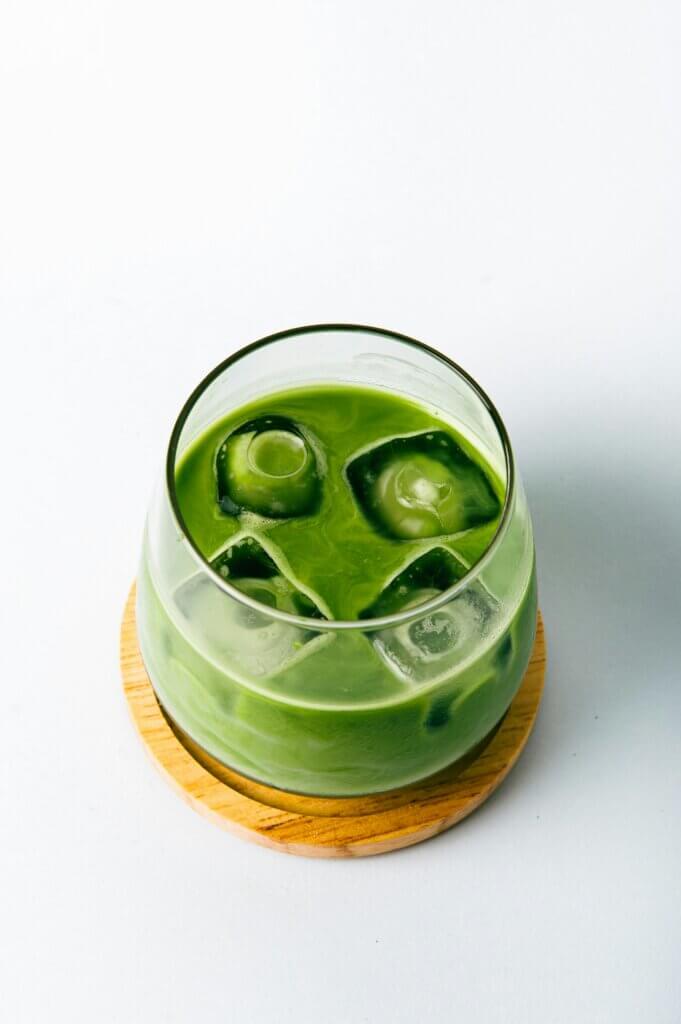
Not all matcha is the same – spoiled for choice
Really good matcha comes exclusively from Japan – preferably from the regions of Uji, Nishio or Yame, which are known for their mineral-rich soils and centuries-old tea culture. There are basically two main categories:
- Ceremonial grade – for traditional preparation with water. Intense in taste, bright in color, delicately sweet, often with a hint of umami.
- Culinary Grade – stronger and more tart, ideal for use in dishes, smoothies or lattes.
High-quality Ceremonial varieties are usually priced between 25 and 45 euros per 30 grams. Expensive, but an investment in top quality that pays off.
The perfect matcha – how to make it at home
The preparation itself is part of the enjoyment. What you need: high-quality matcha powder, a fine-mesh sieve, a matcha bowl(chawan), a bamboo whisk(chasen) and hot water (80 °C, not boiling!).
And this is how it works:
- Pass about 1-2 grams of matcha through a fine sieve into the preheated bowl.
- Pour in around 60-80 ml of water.
- Whisk with the Chasen in “W” movements until a smooth, creamy foam is formed.
For a matcha latte: simply extend with frothed (plant) milk. For an iced coffee moment: pour over ice. For the purist version: drink plain and let it work its magic.
The good news at the end: If you take the time for matcha, you will be rewarded with energy, taste and a touch of Far Eastern lifestyle. Maybe that’s exactly what we need today: a little more silence. And a good cup of tea.
Related posts:



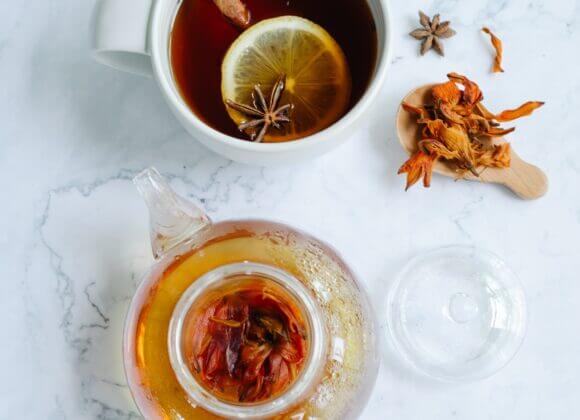
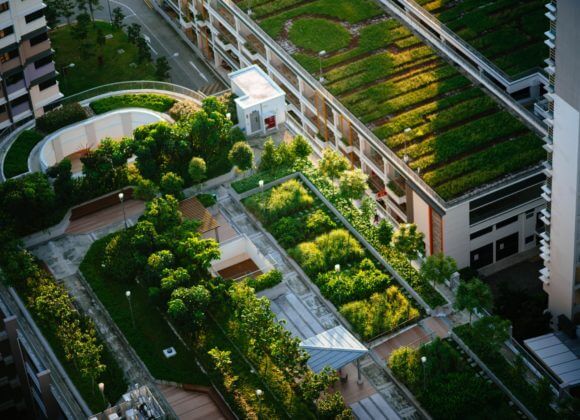

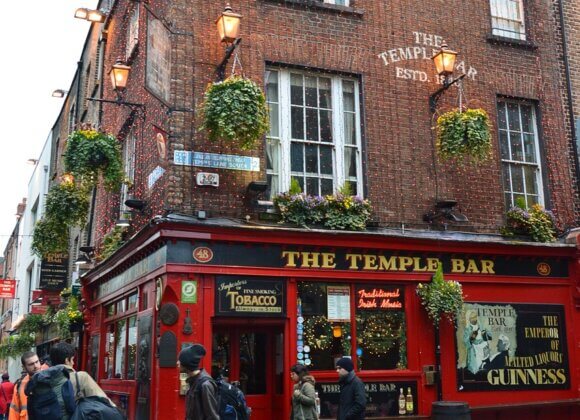
![Home cooking reloaded incl. competition Christoph_Krauli_Held©Monika_Loeff_19285[1]](https://myhome.at/wp-content/uploads/2025/09/Christoph_Krauli_Held©Monika_Loeff_192851-580x420.jpg)
